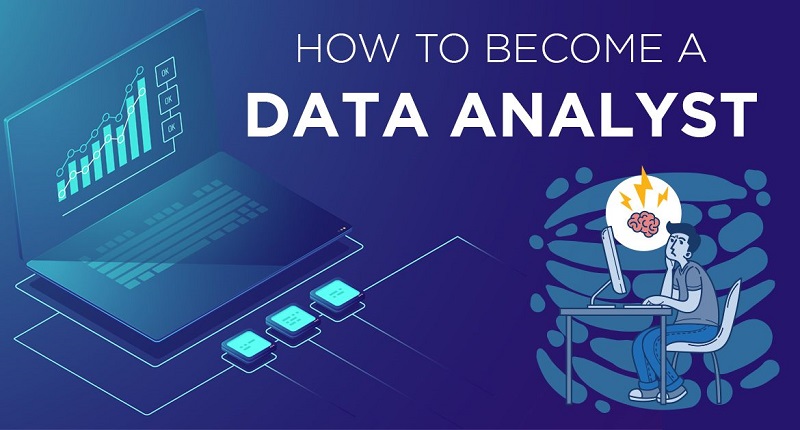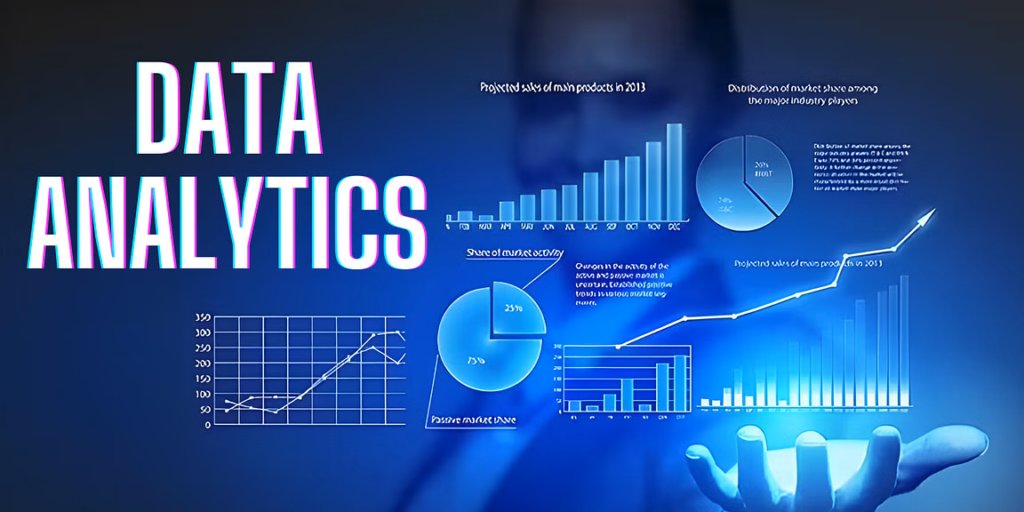Leveraging Data Analytics for Better Media Buying Decisions
In today’s digital age, data analytics has revolutionized the way businesses make informed decisions across various sectors, including media buying. By harnessing the power of data analytics, marketers can optimize their media buying strategies, enhance targeting precision, and maximize return on investment (ROI). This article explores how data analytics drives better media buying decisions, empowering marketers to navigate the complexities of digital advertising effectively.

1. Understanding Data Analytics in Media Buying
Data analytics in media buying refers to the process of collecting, analyzing, and interpreting data to glean valuable insights that inform advertising strategies. It involves leveraging data from multiple sources, including customer demographics, behavioral patterns, market trends, and campaign performance metrics. By applying advanced analytics techniques such as predictive modeling, machine learning, and AI algorithms, marketers gain actionable insights to optimize ad placements, audience targeting, and budget allocation.
2. Audience Segmentation and Targeting
One of the primary benefits of data analytics in media buying is its ability to segment audiences based on detailed demographic, psychographic, and behavioral data. Marketers can create precise audience profiles and personas to target ads more effectively. By analyzing historical data and customer interactions, data analytics identifies high-value segments likely to convert, allowing marketers to tailor messaging and ad creatives that resonate with specific audience segments.
3. Performance Optimization through Data-driven Insights
Data analytics enables continuous performance optimization by monitoring and analyzing key performance indicators (KPIs) in real-time. Marketers can track metrics such as click-through rates (CTR), conversion rates, cost per acquisition (CPA), and return on ad spend (ROAS) to evaluate campaign effectiveness. By identifying underperforming ads or channels early, marketers can allocate budgets strategically, adjust bidding strategies, and optimize creatives to maximize ROI and achieve campaign objectives.
4. Predictive Modeling for Strategic Planning
Predictive analytics plays a crucial role in media buying by forecasting future trends and outcomes based on historical data patterns. Marketers can use predictive modeling to anticipate consumer behavior, demand fluctuations, and market trends, enabling proactive decision-making in media planning and budget forecasting. By leveraging predictive insights, marketers can preemptively adjust strategies, capitalize on emerging opportunities, and mitigate risks in dynamic advertising landscapes.
5. Cross-channel Integration and Attribution
Data analytics facilitates cross-channel integration by consolidating data from various advertising platforms and touchpoints into a unified view. Integrated analytics platforms enable marketers to measure cross-channel attribution and determine the impact of each marketing touchpoint on the customer journey. By understanding how different channels influence conversions and engagement, marketers can optimize multi-channel campaigns, allocate budgets effectively across platforms, and orchestrate cohesive omnichannel experiences.
6. Real-time Decision Making and Adaptability
Real-time data analytics empowers marketers to make agile, data-driven decisions in response to evolving market conditions and consumer behavior. Advanced analytics tools provide insights into campaign performance as it unfolds, allowing marketers to adjust strategies, reallocate budgets, or pivot messaging in real-time. This agility is crucial for staying competitive in fast-paced digital environments and capitalizing on fleeting opportunities for maximum impact.
7. Enhanced Personalization and Customer Insights
Data-driven media buying enables personalized marketing experiences tailored to individual preferences and behaviors. By analyzing customer data and engagement metrics, marketers can deliver personalized ads, recommendations, and offers that resonate with each customer segment. Personalization fosters stronger customer relationships, increases engagement rates, and drives higher conversion rates by delivering relevant content at the right time through the preferred channels.
8. Transparency and Accountability
Data analytics promotes transparency and accountability in media buying by providing clear visibility into advertising performance and expenditure. Marketers can track ad spend, measure ROI accurately, and demonstrate campaign effectiveness with stakeholders. Transparent reporting and analytics foster trust between brands, agencies, and clients, enabling collaborative decision-making and strategic alignment towards shared business goals.
9. Compliance with Data Privacy Regulations
Adhering to data privacy regulations such as GDPR and CCPA is essential in data analytics-driven media buying. Marketers must ensure compliance by obtaining consent for data collection, storage, and usage from consumers. Implementing robust data governance practices and anonymizing personal information protects customer privacy while leveraging data analytics to drive marketing effectiveness responsibly.
10. Continuous Learning and Optimization
Data analytics in media buying is an iterative process that requires continuous learning and optimization. Marketers should conduct regular performance reviews, A/B testing, and experimentation to refine targeting strategies, improve ad creatives, and enhance campaign outcomes. By leveraging data-driven insights to iterate and innovate, marketers can stay ahead of competitors, adapt to changing market dynamics, and achieve sustained growth in digital advertising efforts.
In conclusion, data analytics empowers marketers to make informed, strategic decisions in media buying by leveraging actionable insights derived from comprehensive data analysis. By integrating data analytics into advertising strategies, marketers can enhance audience targeting precision, optimize campaign performance, and drive measurable business outcomes effectively in an increasingly competitive digital landscape.

